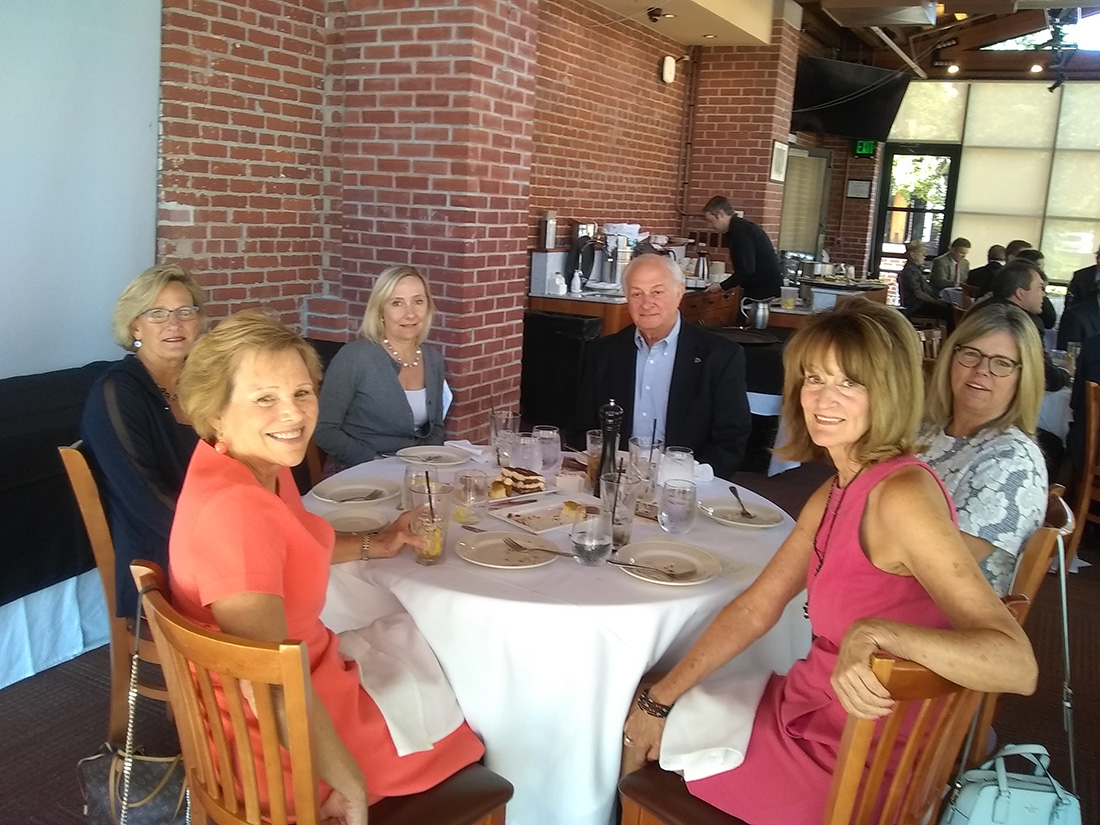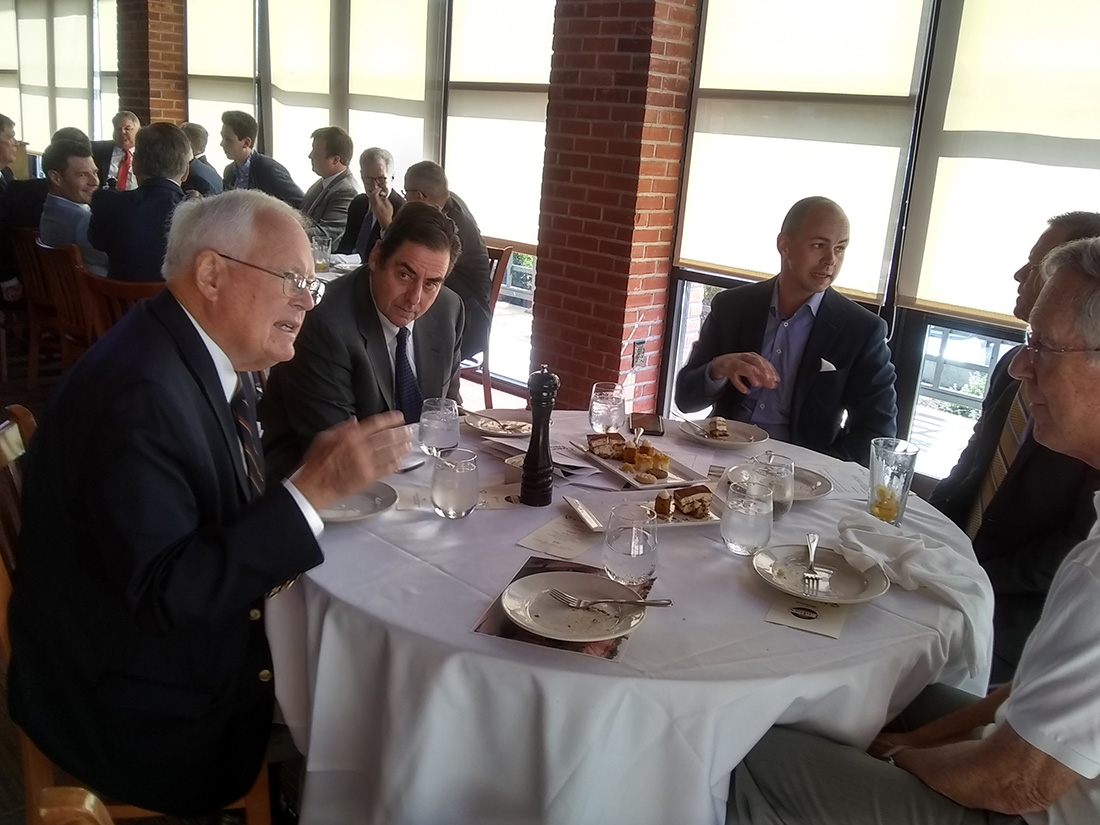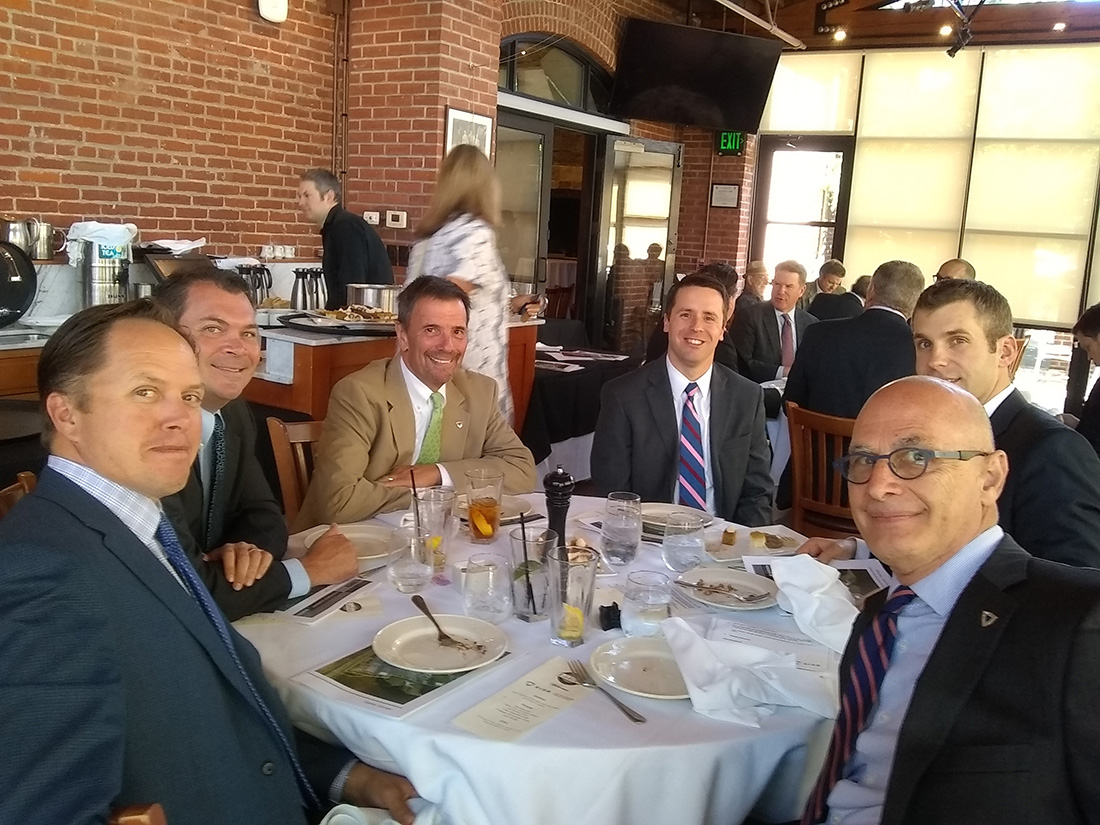Harvesters Community Service Day 2021
Thank you Harvesters Volunteers!
March 26, 2021 was our SIOR Harvesters day. Thank you to our members who helped make it a success!
David Zimmer
Mark Long
John Hassler
Todd Mendon
Debbie Schulte
Jeff Kembel
Nick Suarez
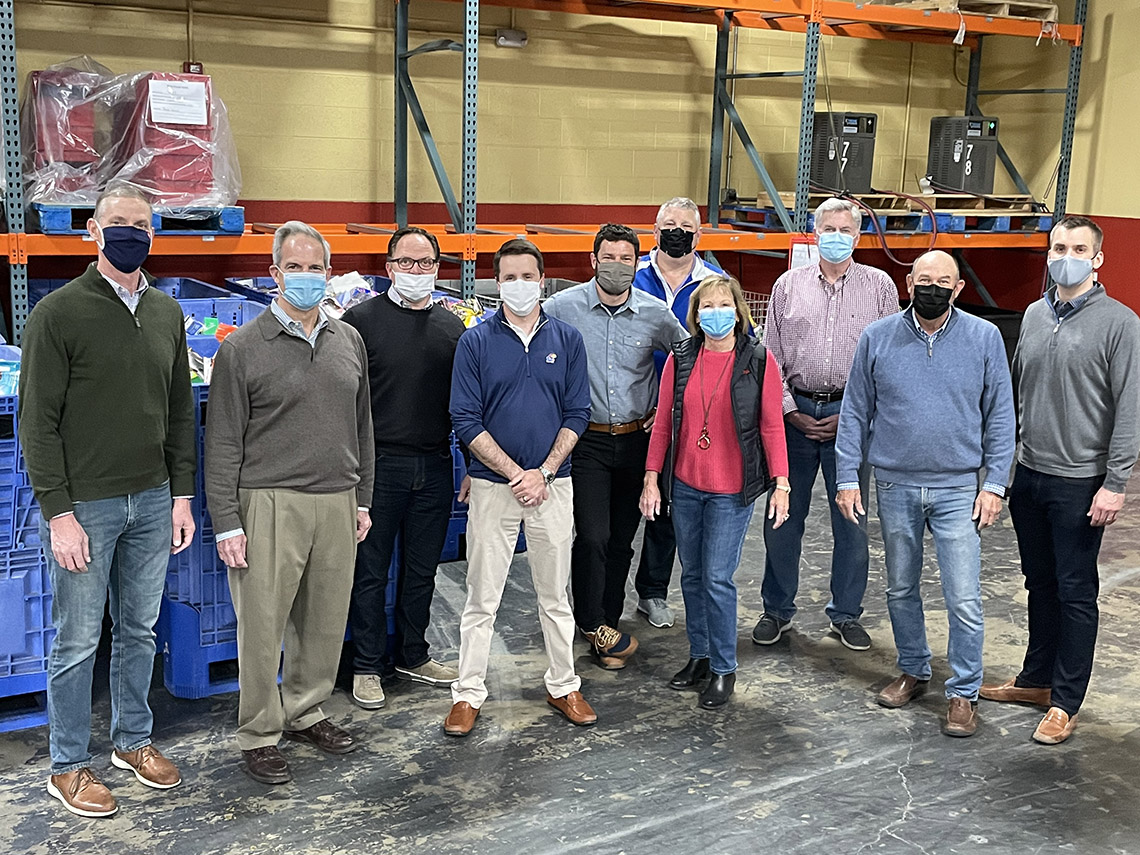

Harvesters Community Service Workday
Thank you Harvesters Volunteers!
Thank you to the following SIOR volunteers for making our July 30th Community Service workday at Harvesters a great success:
Kathy Woodward
Todd Mendon
Sharon Gartin
Bill Early
Jeff Kembel
LeShelle Moorman
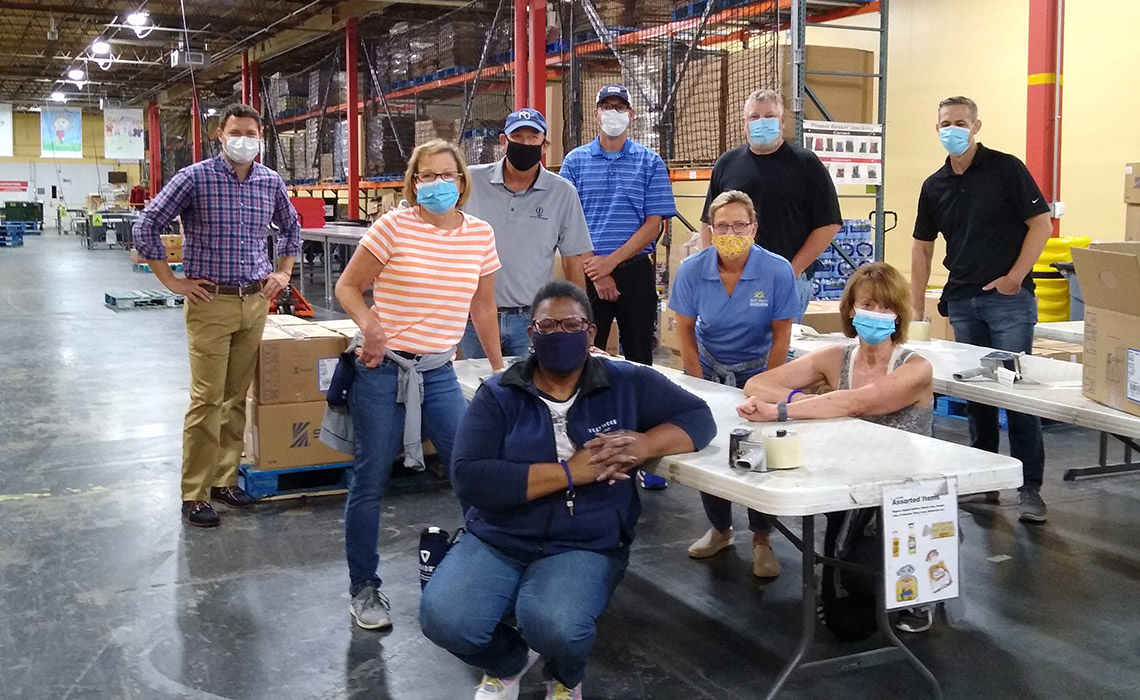
SIOR – We Support Our Communities
SIOR Supports Our Local Communities
The Western Missouri/Kansas Chapter of Society of Industrial and Office Realtors (SIOR) has stepped up to show our local community that we care!
We were able to make a charitable contribution to Harvesters. Their food bank supports families across the metro region with every $1 donated providing 3 meals. Our Chapter made the donation during the #GivingTuesdayNow campaign and our $5,000 donation was matched for a $10,000 total donation! We know that this assistance is much needed during this pandemic, and SIOR will do our best to continue to show our support within our local communities. The chapter will also be attending a work day at the food bank this June. SIOR represents today’s most knowledgeable, experienced, and successful commercial real estate specialists. Contact us to learn more. #SIORGivesBack #SIORGlobal
Western Missouri/Kansas Chapter of SIOR Celebrates its 29th Annual Development Day
Western Missouri/Kansas Chapter of SIOR celebrates its 29th Annual Development Day
Some of the biggest names in commercial real estate in Kansas City turned out for the 29th annual Development Day for the Western Missouri/Kansas chapter of the Society of Industrial and Office REALTORS® (SIOR) Thursday, September 20, 2018. There was an estimated record 1,800+ attendees, including Kansas City Mayor, Sly James, and 87 professional exhibitors.
The event is the region’s largest of its kind, celebrating all aspects of commercial real estate. Reece Commercial Real Estate’s Senior Vice President and Managing Broker, John Stacy, chaired this year’s event, which was held at Union Station.
“This is a great opportunity for the big players in commercial real estate who are charged with making Kansas City the best it can be, to get together and share ideas.” – John Stacy


SIOR Development Day chair, John Stacy with Kansas City Mayor Sly James.
SIOR Development Day 2018 at beautiful Union Station.
Please click the thumbnails below to enlarge the photos of 2018 Development Day.
SIOR has members in 630 cities, in 34 countries. The SIOR designation is universally recognized as the prerequisite in the selection of a commercial real estate broker, agent or consultant.
A portion of the proceeds from Development Day goes to scholarships for those interested in pursuing a career in commercial real estate.
The Next Generation of Office Buildings
The Next Generation of Office Buildings
The technological advancements of the workplace have extended far beyond simply advanced computing. They have permeated nearly every facet of day-to-day life. Mobile devices with advanced capabilities have streamlined tasks, provided access to nearly limitless information, and enabled the workforce to work outside the office in entirely new ways. Those who have most embraced this change, perhaps even caused it, are the millennials. Young professionals are reshaping the idea of the “traditional” workplace in ways that have forced a complete shift to the concept of the office itself. Real estate professionals have taken notice, as the commercial property industry continues to evolve with the demands of this new workforce.

A People-First Approach
No longer is the corporate office building with miles of cold cubicles and corner offices considered the ideal workspace. These days, architects and builders are creating people-first work environments that combine a more humanizing design aesthetic with advanced technologies. These “smart” offices signal a rapid departure from the uninviting office spaces of the last thirty years.
“Employees are seeking workplaces that are more sustainable and energy-efficient, and technology is enabling increased choice in work location, space type and function-all of which all contribute to the employee experience.“
Grant Morrison, Head of Consulting at JLL Asia Pacific
The Essential New Workspace
Commercial real estate developers face increasing pressure to embrace these changes by tech-savvy millennials, who by 2025, will represent an estimated 75% of the workforce. More and more, they integrate smart office systems to reduce energy usage and allow customized work environments. The open concept floorplans of many new offices, when combined with Bluetooth capabilities and wireless sensors, allow direct links between devices (and people!), helping to create more “intelligent” work spaces. Sustainable design has become a buzzword in the industry, and as it’s become increasingly popular, it has contributed to greater energy efficiencies than ever before — not to mention the added benefit of improved employee productivity, health and wellness.
Commercial Real Estate Tech
What has, up to this point, been the “traditional” office space concept is no longer relevant for today’s workforce. As we’ve become more mobile with advancements in technology, our work environments have changed dramatically. To attract and engage new, tech-savvy, younger employees, commercial real estate developers, agents, and brokers must continue to embrace these changes.
Commercial real estate tech has become a specialized and highly competitive sector in the industry. Buildings embedded with the technologies of tomorrow have become must-have real estate, and real estate professionals must become tech-savvy experts to keep up.
5 Things to Consider Before Leasing Your Commercial Property
5 Things to Consider Before Leasing Your Commercial Property
1. Research the market.
It’s important to thoroughly research your market before leasing any commercial property to ensure a successful (and profitable) outcome. Understanding current vacancy rates in your market and learning what the average market rates are for commercial properties similar to yours will make all the difference when it comes time to lease your space.
This is particularly important for office buildings. If the average leasing rate per square foot is lower than you’d expect, it may be beneficial to divide your space to accommodate multiple tenants. The same is true for industrial buildings — you don’t want to end up with a big vacant building because tenants have more affordable options to choose from in the market.
The key takeaway is this: don’t assume that all commercial properties have the same vacancy rates and lease costs – do your research!
2. Research prospective tenants.
Just because your commercial real estate is in a prime location does not mean you’ll automatically end up with “prime” tenants. It’s crucial to learn as much as you can about a prospective tenant before they sign the lease. A thorough review of the company financials is a good place to start. Make sure the company is sound, with strong cash flow to assess whether or not they’ll be able to afford your space for the length of the lease.
It’s also important to consider any special requirements a tenant may have. Things like oversized exterior signage, extra parking, or unusual permits should all be discussed before they move in. Be sure that a prospective tenant won’t try to modify the property too much to suit their needs while ignoring yours … this is especially true for commercial properties that lease to multiple tenants. You don’t want sudden vacancies because one tenant with special requirements made your property a bad investment for other renters.
3. Evaluate Asset Management Capabilities.
When it comes to leasing commercial real estate, there are many moving parts. Leasing the space is just the beginning … between market research, regular maintenance, and proactive lease/vacancy management, asset management is a big job. If it’s an affordable option, you may consider hiring an asset management company to handle all the responsibilities.
4. Consider Tax Implications.
Given the current political environment, tax laws at both state and Federal levels seem to be in a state of flux. Be sure to consult with your attorney(s) and accountant(s) to stay current with these changes. Should any new laws or regulations take effect, you’ll need plenty of time to budget and plan for higher tax rates and/or new deductions.
These changes will likely impact both current and future lease agreements, so it’s important to plan in advance and give tenants plenty of warning before any rent increases.
5. Embrace the Cloud.
If your commercial real estate isn’t up to speed when it comes to security, technology, and asset management, it may be time to upgrade your systems. These days, “smart” technologies can make all the difference when it comes to attracting new tenants. Commercial properties already wired for high-speed internet will likely outperform those that don’t, especially when online access is now critical for every business.
Beyond internet access, cloud-based security services can vastly outperform dated security technologies and will likely be a key selling point for prospective tenants. Further, they allow property managers to closely monitor all security-related activities with just the click of a button, giving you the peace of mind that your property is safe and secure.
There are many factors to consider when leasing commercial real estate, but the more information you have, the better the outcome. Whether you’re in the market to purchase an investment property or lease commercial real estate you already own, there is an SIOR available to assist. Please contact us today to learn more about how we can help.


